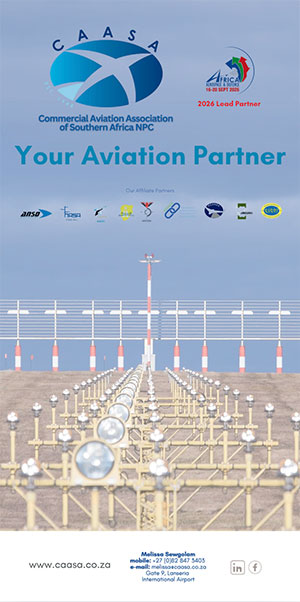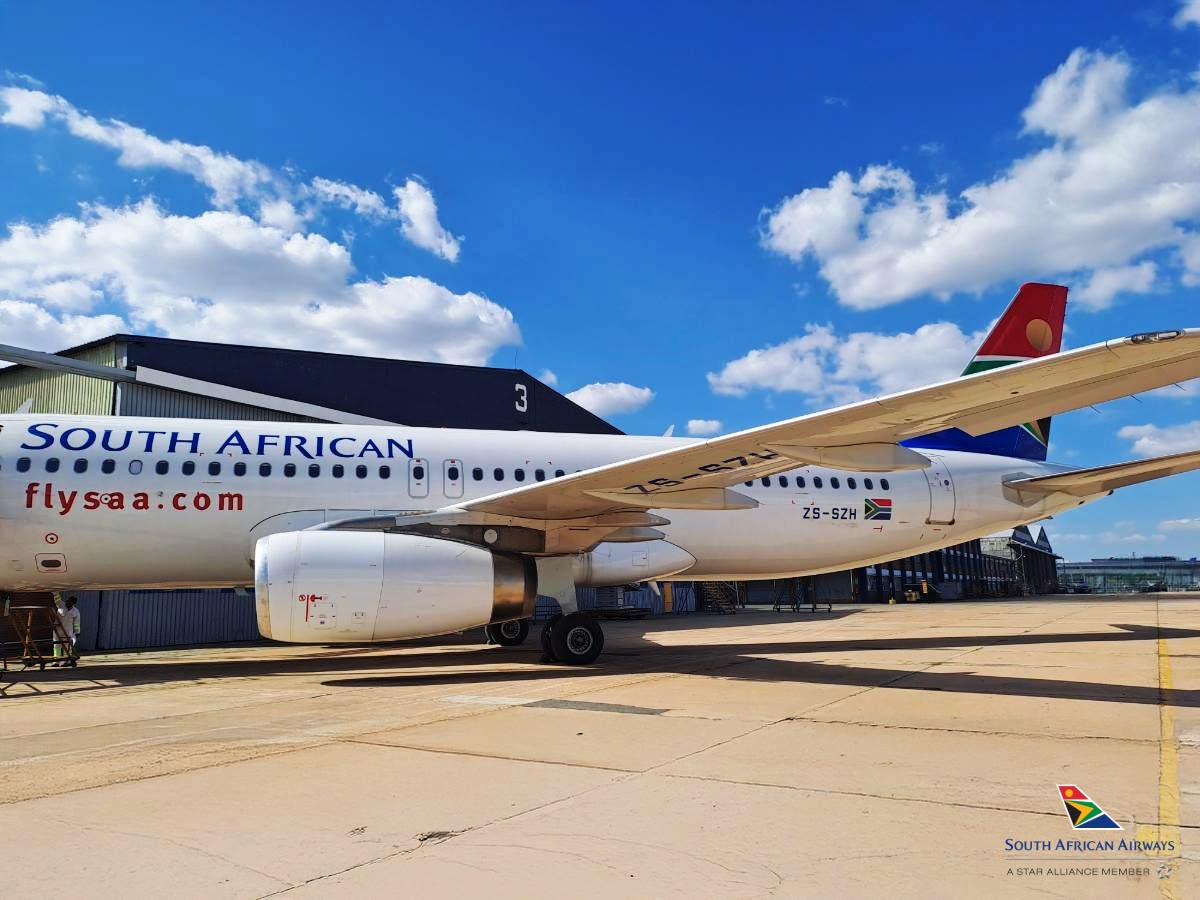On 5 November 2025, South African regional carrier Airlink announced the indefinite suspension of its daily scheduled services between Johannesburg and Maseru (via Moshoeshoe I International Airport, Lesotho). The stoppage stems from “the lack of serviceable fire-and-rescue equipment” at the airport, a scenario that places the facility out of compliance with the emergency-response capability requirements for scheduled commercial operations.
The affected daily flights include:
- 4Z 050 Johannesburg → Maseru (06:25 → 07:25)
- 4Z 051 Maseru → Johannesburg (07:55 → 09:00)
- 4Z 052 Johannesburg → Maseru (09:45 → 10:45)
- 4Z 053 Maseru → Johannesburg (11:15 → 12:20)
- 4Z 062 Johannesburg → Maseru (15:00 → 16:00)
- 4Z 063 Maseru → Johannesburg (16:25 → 17:30)
Passengers are advised to check with Airlink or their travel agents for updates.
A Land-Locked Nation Cut Off
Being a land-locked country, its only scheduled air link to the outside world was via this Johannesburg–Maseru route. The country does not maintain its own commercial airline (its national carrier, Lesotho Airways, ceased operations in October 1996) and has relied on foreign carriers from South Africa for scheduled services.
With the suspension of the route, Lesotho is effectively without scheduled passenger air services until the airport operator restores compliant fire and rescue coverage. As one aviation commentator put it: “Lesotho will be without scheduled air service until its main airport restores emergency services to acceptable standards.”
Broader Safety and Infrastructure Implications
This incident raises serious questions around infrastructure maintenance, regulatory compliance and operational readiness in the region’s aviation sector. A few key considerations:
Regulatory and Operational Standards
Moderation of risk in aviation demands that airports handling scheduled services maintain a minimum category of rescue and fire-fighting capability (RFFS). According to Lesotho’s own airport policy documentation, the RFFS at Maseru’s airport has not been fully operational for several years.
In effect, this suspension highlights the gap between regulation and real-life readiness.
Restoration and Path Forward
According to Lesotho’s Ministry of Public Works and Transport, previous downtime at the airport was caused by a breakdown of a fire truck; once the vehicle was repaired and a second added, flights were reinstated.
In the current case, the statement by Airlink indicates that normal services will resume “as soon as the airport operator has restored the regulated emergency response capability, in line with international civil-aviation requirements…”
This places the onus squarely on the airport operator (and possibly the national regulator) to:
- Verify the fire-and-rescue equipment is serviceable, maintained and stocked.
- Ensure the required staffing, training and response-time benchmarks are met.
- Secure audit and compliance certification (potentially from the International Civil Aviation Organization or local civil-aviation authority).
- Implement preventative maintenance and contingency planning to avoid future suspensions.
A Wake-Up Call for the Region
The Maseru flight suspension illustrates a sharp truth: for aviation safety infrastructure, maintenance is not optional. It is the foundation upon which operations rest. A large passenger-bearing aircraft cannot land at an airport where the fire engine is broken, the foam system is offline or staff aren’t trained, and regulatory frameworks rightly recognise this.
Beyond Lesotho, the broader southern-African region must take note: ageing infrastructure, under-investment, deferred maintenance and weak regulatory enforcement combine to deliver risk. Whether it’s fire trucks, fuel systems, air-traffic procedures or navigation aids, the cost of failure is significant, reputationally, economically and in human-safety terms.
For airlines, authorities and airport operators, this incident is a prompt to audit readiness. For passengers and stakeholders, it shows that “scheduled service” is only viable when the invisible foundations are in place.














